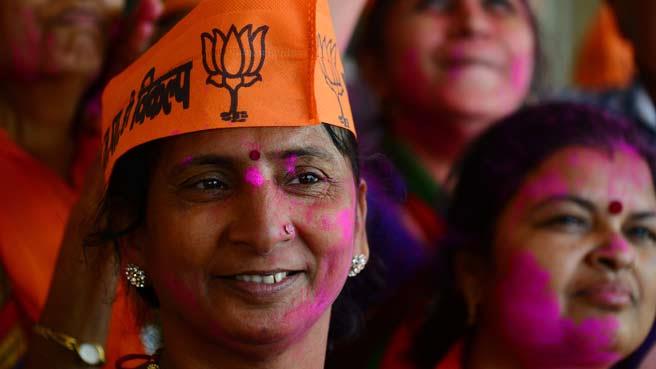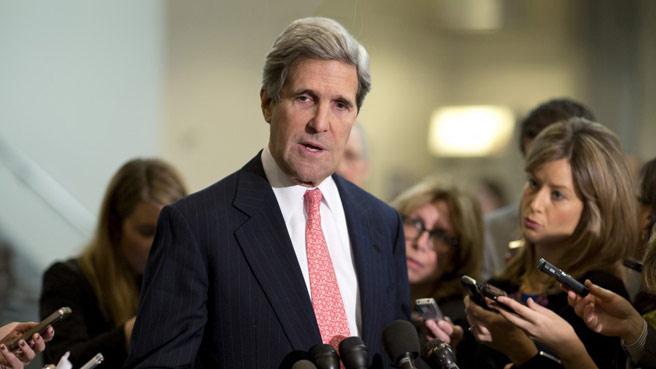December 19, 2016
BRISBANE, AUSTRALIA: The Gabba in Brisbane witnessed a classic Test match between Australia and Pakistan. In pursuit of a record 490, Asad Shafiq’s magnificent 137 gave the visitors a chance to create history on day five of the first Test.
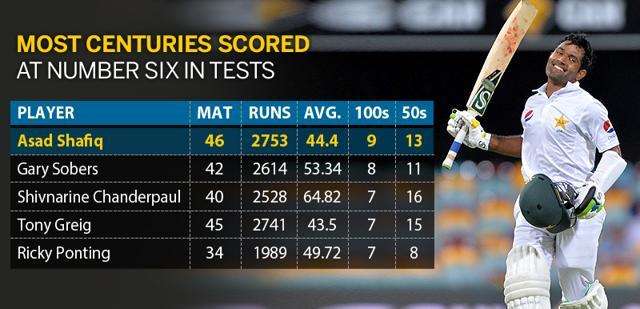
December 19, 2016
BRISBANE, AUSTRALIA: The Gabba in Brisbane witnessed a classic Test match between Australia and Pakistan. In pursuit of a record 490, Asad Shafiq’s magnificent 137 gave the visitors a chance to create history on day five of the first Test.

However, one short ball from Mitchell Starc was all that it took to end Shafiq’s brilliant knock and the hosts held their nerve to clinch a thrilling 39-run win and go 1-0 up in the three Test series.
Asad Shafiq displaces Garfield Sobers
During the course of Shafiq’s brilliant 137, he went past Sir Garfield Sobers of the West Indies to notch up the maximum number of centuries from the number six position.
Out of Shafiq’s 10 Test tons in 51 Tests, he has scored nine at the No. 6 position. With this knock, Shafiq is the only player in the current Pakistan squad to have a century in England, South Africa and Australia.
Asad Shafiq’s score of 137 is also the joint-fourth highest score by a Pakistan batsman in Australia. This score is also shared by Sadiq Mohammad and Ijaz Ahmed.
However, Shafiq’s 137 is the highest individual score by a Pakistan batsman in Brisbane, going past Saeed Anwar’s 119 which he made in the 1999 Test in which they lost by 10 wickets. The best score by a Pakistan batsman in Tests in Australia is held by Majid Khan, who smashed 158 in Melbourne in 1972.
Pakistan show fighting spirit
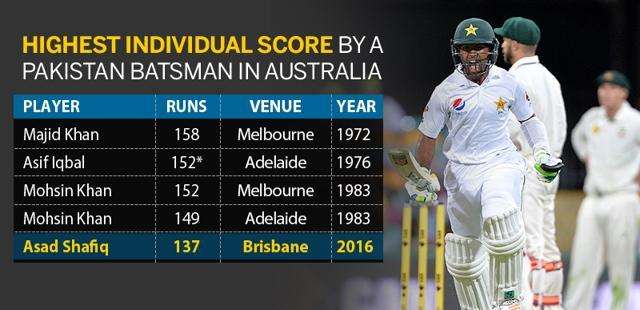
Pakistan put on a magnificent show as they displayed brilliant fighting spirit. Shafiq’s century was symbolic of the spirit and the will to fight in tough conditions.
During the course of his knock, he shared a partnership of 92 for the seventh wicket with Mohammad Amir, a 66-run stand for the eighth wicket with Wahab Riaz and a 71-run partnership with Yasir Shah for the ninth wicket.
It was the first time in Test history that three fifty-plus partnerships were strung together at No.7 or lower in a fourth innings.
Australia’s win extended their domination at the Gabba, which has been their fortress for 28 years when they lost in 1988 against the West Indies. They also registered a Test win against Pakistan after six years, snapping a three-match losing streak dating back to 2010.
They had lost the Leeds Test in 2010 by three wickets and were hammered in the 2014 series in UAE where they lost by 221 runs and 356 runs in Dubai and Abu Dhabi respectively.
For Pakistan, it was their 10th consecutive Test loss in Australia, having suffered three consecutive 3-0 losses in 1999, 2004 and 2009/10.
Pakistan create history in Australia
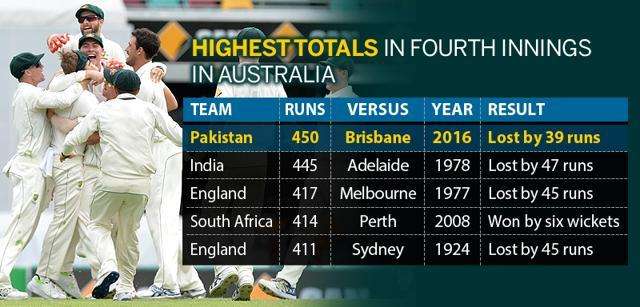
For a moment when Pakistan were on course to chase down 490, Australia’s mind would have been going back to the horrors of Antigua 2003 and Perth 2008.
In those Tests, West Indies had chased down 418 while South Africa had chased down 414 respectively to clinch the match. However, they held their nerve and took the last two wickets on the final day to win the match by 39 runs.
However, in the course of the chase, Pakistan notched up the highest fourth innings total on Australian soil. Their total of 450 eclipsed the previous highest of 445 which was set by India in Adelaide in 1978. Pakistan lost the match by 47 runs in the final Test to lose the five-match series 3-2.
Overall, this was the joint third-highest fourth innings total in Test history, behind England’s epic 654 in the timeless Test against South Africa in Durban in 1939. England were just 42 runs away when they decided to call off the match by agreement as the England team had a ship to catch home. New Zealand notched up 451 against England in Christchurch in 2002, in a match which saw Nathan Astle slam the-then fastest double century in Test history off just 153 balls.
Courtesy: HT















































































































